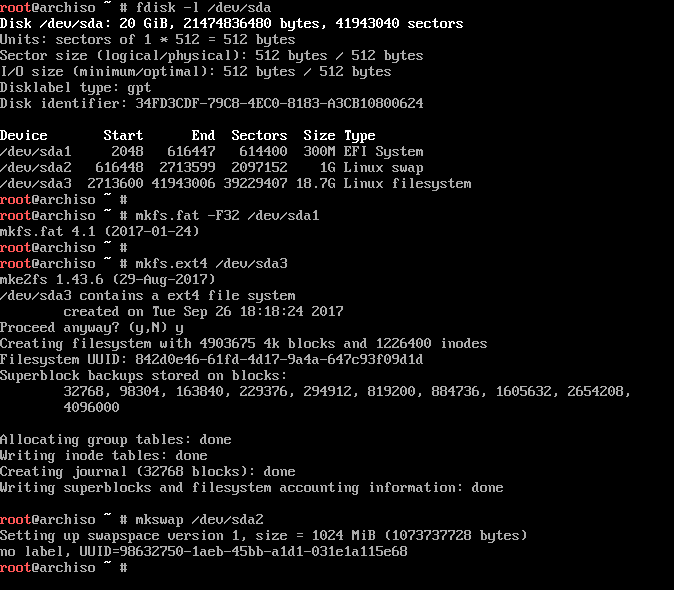

Side note, but even though the Windows partition only has about 120GB utilized, GParted is moving around 900GB of data, which is taking an enormous amount of time. To do that, I'm having resize and move my Windows partition to make room for the two partitions I'll be cloning. Right now, I'm in the process of trying to clone the efi and Microsoft Reserved partions from the old disk to the new one, setting my mobo firmware to boot that disk, and seeing where I can get with my Windows 10 recovery media.
#Arch linux grub2 windows 10 efi how to#
It seems obvious that the EFI entry for windows does not know to point to the partition's new location, but I can't seem to find any information on how to remedy that. When I try to boot windows, it errors out and tries to repair until it quits. So, GRUB2 seems to work fine, I'm able to select OSs and Arch Linux boots correctly. During my Arch Linux installation, I accidentally formatted the EFI system partition created by my existing Windows installation and replaced it with a new EFI system that starts Arch Linux using systemd-boot.While my initial goal was to have a Windows 10 / Arch Linux dual boot, I am currently only able to boot under Arch since I deleted my Windows Boot Manager files. Os prober found the windows bootloader, but it appears that what it found was is the EFI stub(? sorry, hazy on the terminology but I'm trying to learn) in the EFI partition. I left the EFI, Windows recovery environment and Microsoft Reserved partiotions as they were on my old hard drive.Īfter moving the Windows partion in Parted Live, I used an arch linux recovery USB to arch-chroot and run grub-mkconfig with os-prober. How to Dual Boot Manjaro Linux with Windows 10 is explained in this article. As an Arch Linux derivative, Manjaro provides new users with an Arch experience via an intuitive interface, unique hardware management software, and stable performance. I just purchased a new drive, and decided to move my Windows partition to the new drive and resize my Linux partition to utilize the entirety of the old drive. Among many other features, user accessibility, cutting-edge software, and automated tools make Manjaro the next best Linux distribution. I am currently using a dual-boot setup with Windows 10 and Linux, which were on the same physical drive until today.


 0 kommentar(er)
0 kommentar(er)
